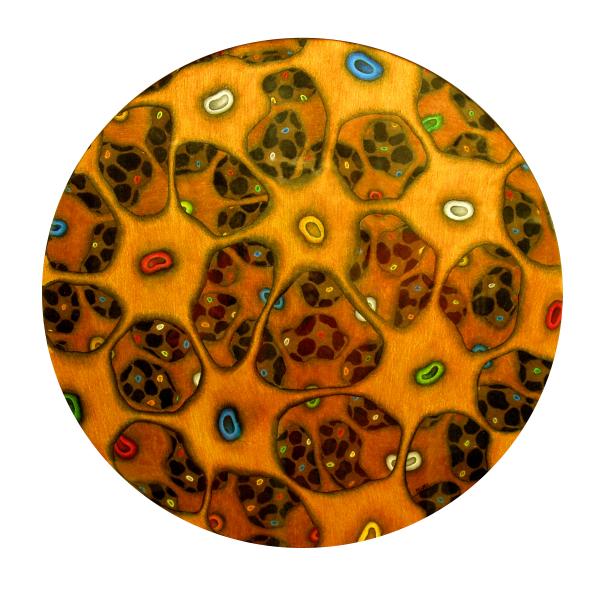Microbial species interact with one another to create complex communities, the form and function of which have great environmental, industrial, and health impact. These communities and their environments are referred to as the microbiome – microscopic ecosystems present across the globe, extreme environments barely capable of supporting life, and even within host organisms including humans. Examples of these communities are responsible for nutrient cycling, bioremediation of contaminated sites, and assisting the immune system in resisting infection
Within the past decades, advanced genome sequencing technologies have revolutionized the study of the microbiome, providing researchers with new ways to study communities in their natural environments. These techniques tend to focus on whole communities as composite systems, revealing the functional capabilities of the community at large. At the same time, breakthroughs in systems biology of microorganisms have yielded comprehensive, genome-scale models of how individual organisms behave, respond to their environment, and most recently, interact with their neighbors.
Research in the Price Lab aims at developing and using genome scale models of microorganisms in order to provide a systems-level understanding of microbial communities, with a particular focus on the human microbiome. We are developing statistical and mechanistic models of the microbiome that integrate multiple ‘omic technologies with host genetics and lifestyle not only to associate specific shifts in community composition with health and wellness, but to determine the underlying mechanism of these associations. The ultimate goal is to derive a deeper understanding of the role of the microbiome in maintaining human health, to build predictive models of host response, and finally to determine the potential of microbiome-based intervention strategies in order optimize wellness.



 hood-price.isbscience.org/research/systems-biology-of-the-human-microbiome/
hood-price.isbscience.org/research/systems-biology-of-the-human-microbiome/